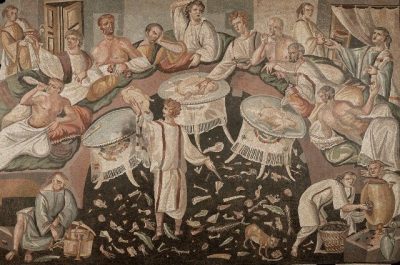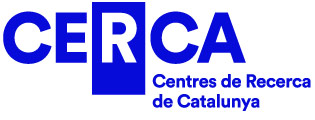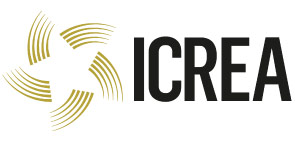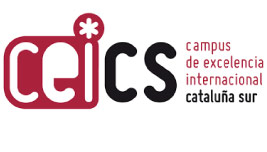
Until a few decades ago, the study of Roman eating habits was carried out primarily through information available in written sources. But reconstructing Roman eating rules on the basis of ancient texts has proven to be insufficient. On the other hand, it is assumed that the Roman diet would basically consist of the consumption of cereals. But the reality is that Roman sites are as full of pottery as they are of animal bones. At the same time, the diet would not be homogeneous. It could vary greatly between the wealthy classes who resided in suburban villas, the peasants who resided in rural settlements and the urban communities who lived in cities (and between the age and sex of all these inhabitants). Therefore, the need for more precise and detailed consumption patterns of the inhabitants of the Roman Empire is clear.
BIOEAT aims to fill this gap. It evaluates and characterise the contribution of animal products (terrestrial, marine and dairy products) in the everyday diet of Roman women, men and children living in cities, farms and villas. To do so, it implements the latest methodological developments in archaeozoology and biogeochemistry (isotopic analyses on human and animal bones, and organic residue analyses on ceramic vessels) to provide the needed resolution not achieved so far.
We focus on the Roman province of Hispania Tarraconensis, selecting human remains, and faunal and ceramic assemblages from the most representative cities and from rural settlements close to these cities.
This multidisciplinary (in terms of methodology), in-depth (in terms of the objectives to be achieved) and extensive (in terms of the number of sites studied) research will allow us to obtain for the first time a very complete and truthful vision of Roman eating habits.
Project funded by Ministerio de Ciencia e Innovación and European Union






